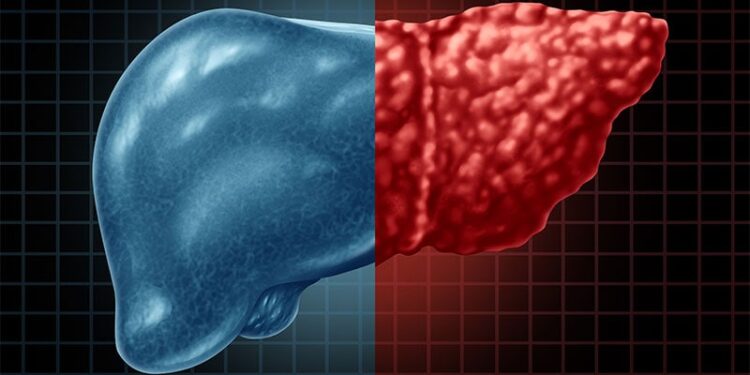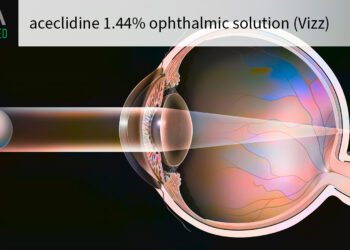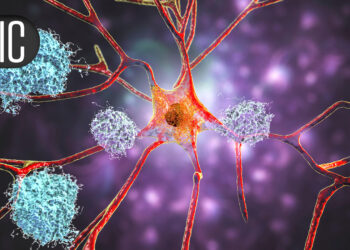TOPLINE:
In patients with metabolic dysfunction‐associated steatotic liver disease (MASLD), higher BMI, nutritionist support, and liver stiffness measurement ≥ 10 kPa were significant predictors of at least 7% weight reduction.
METHODOLOGY:
- Researchers conducted a retrospective study to identify clinical factors that predict successful and sustained weight loss in 897 patients with MASLD (mean age, 61.6 years; 57.1% men; mean BMI, 30.3).
- They were referred between January 2019 and December 2021, with follow-up occurring between 18 and 24 months at four Italian tertiary centres.
- The diagnosis of MASLD was confirmed if patients had hepatic steatosis on ultrasound and at least one cardiometabolic risk factor, such as a BMI ≥ 25 or high waist circumference, fasting glucose levels ≥ 100 mg/dL or type 2 diabetes, blood pressure ≥ 130/85 mm Hg, triglyceride levels ≥ 150 mg/dL, or low levels of high-density lipoprotein cholesterol.
- Baseline and follow‐up data, including demographic, anthropometric, clinical, and biochemical parameters, as well as liver stiffness measurements, were collected from medical records.
- Details on lifestyle interventions such as Mediterranean diet recommendations, physical activity, and support from a nutritionist were also noted.
TAKEAWAY:
- Over a median duration of 21 months, 18.3% of patients achieved at least 7% weight loss, with 8.5% losing 7%-10% and 9.8% losing more than 10% of their baseline weight.
- Higher baseline BMI was associated with increased odds of weight loss, with BMI 30-34.9 (adjusted odds ratio [aOR], 1.95; 95% CI, 1.30-2.95) and BMI ≥ 35 (aOR, 2.08; 95% CI, 1.21-3.57) associated with at least 7% weight loss.
- Nutritionist support (aOR, 2.04; 95% CI, 1.12-3.71), liver stiffness measurement ≥ 10 kPa (aOR, 1.70; 95% CI, 1.07-2.70), and bilirubin levels ≥ 1.2 mg/dL (aOR, 2.12; 95% CI, 1.29-3.51) were independent predictors of achieving at least 7% weight loss.
- The use of GLP-1 agonists was significantly associated with an increased likelihood of losing at least 7% weight (aOR, 1.85; 95% CI, 1.19-3.80).
IN PRACTICE:
“Our findings underscore the importance of a comprehensive approach to MASLD management, encompassing medical, nutritional and lifestyle interventions,” the authors of the study wrote. “Lifestyle intervention remains crucial for all patients, but for those without predictive factors, close follow-up and early consideration of additional treatments are warranted to maximize therapeutic benefit,” they added.
SOURCE:
This study was led by Nicola Pugliese, Humanitas University, Milan, Italy. It was published online on June 04, 2025, in United European Gastroenterology Journal.
LIMITATIONS:
This study was retrospective in nature with varying observation periods among the patients. A standardised intervention protocol was lacking across centres, potentially leading to varying management. The absence of systematic data collection from intermediate visits and self-reported data also presented a limitation.
DISCLOSURES:
This study was supported by funding from the Italian Ministry for Education, University and Research and other projects to an author. The authors reported having no conflicts of interest.
This article was created using several editorial tools, including AI, as part of the process. Human editors reviewed this content before publication.
Source link : https://www.medscape.com/viewarticle/higher-bmi-and-nutritionist-support-predict-weight-loss-2025a1000flz?src=rss
Author :
Publish date : 2025-06-13 12:00:00
Copyright for syndicated content belongs to the linked Source.














